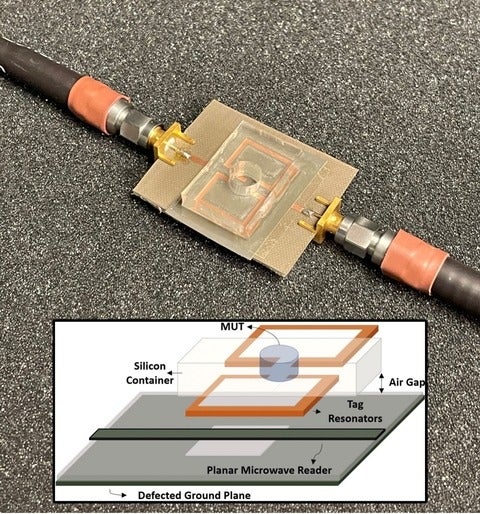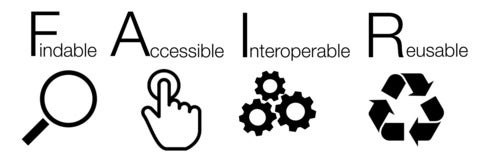Team member Carolyn Ren named Canada Research Chair
On November 16, 2022, the Honorable François-Philippe Champagne, Minister of Innovation, Science and Industry, announced an investment of more than $139 million to support 176 new and renewed Canada Research Chairs across 46 institutions in Canada. The announcement was made during his remarks at the Canadian Science Policy Conference in Ottawa, ON.
In this latest cycle, Carolyn Ren, a member of the Microplastics Fingerprinting research team, was named Canada Research Chair in Microfluidic Technologies.







